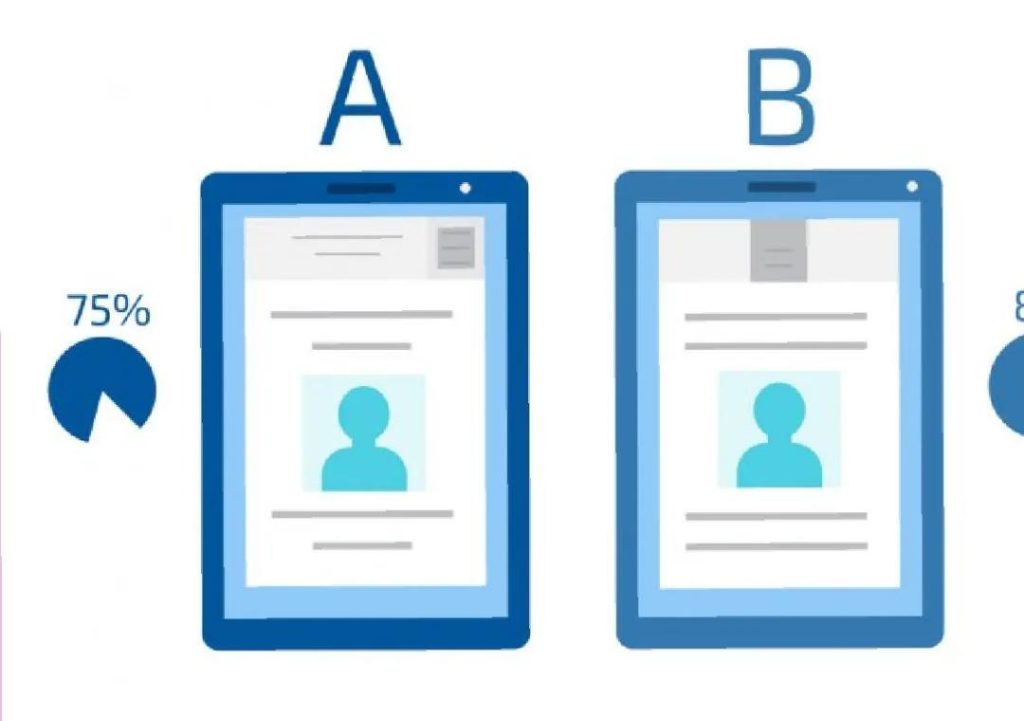
Is A/B Testing the Key to Higher Ad Performance Returns?
As advertisers, we’ve all been there – pouring our hearts and souls into creating the perfect ad campaign, only to wonder if it’s actually resonating with our target audience. The uncertainty can be overwhelming, leading to a guessing game of what works and what doesn’t. But what if there was a way to eliminate the guesswork and ensure your ads are optimized for maximum performance? Enter A/B testing, a game-changing strategy that’s revolutionizing the way brands approach advertising.
What is A/B Testing?
A/B testing, also known as split testing, is a method of comparing two or more variants of an ad to determine which one performs better. By analyzing the performance metrics of each variant, advertisers can identify what elements of their ad are most effective in driving engagement, conversions, and ultimately, revenue. This structured approach allows brands to test different headlines, visuals, calls-to-action, and more to determine what best connects with their target audience.
The Benefits of A/B Testing
So, why is A/B testing such a crucial component of successful advertising strategies? Here are just a few reasons why:
- Improved Campaign Efficiency: By identifying the most effective elements of your ad, you can optimize your campaigns for maximum ROI. This means reducing waste and increasing the overall efficiency of your advertising spend.
- Boosted Engagement: A/B testing helps you understand what resonates with your audience, allowing you to create ads that are more likely to grab attention and drive engagement.
- Stronger Returns on Investment: By making data-driven decisions, you can ensure that your advertising budget is being used effectively, leading to stronger returns on investment.
- Reduced Guesswork: The uncertainty of advertising is eliminated with A/B testing, allowing you to make informed decisions and avoid costly mistakes.
How to Implement A/B Testing
Implementing A/B testing is easier than you might think. Here are the basic steps to get started:
- Define Your Goal: Determine what you want to achieve with your A/B test. Are you looking to increase conversions, boost engagement, or drive sales?
- Identify Your Variables: Decide what elements of your ad you want to test. This could include headlines, visuals, calls-to-action, and more.
- Create Your Variants: Create two or more variations of your ad, each with a different element changed (e.g., different headline, different image, etc.).
- Split Your Audience: Split your target audience into two groups, with each group seeing a different variant of your ad.
- Track and Analyze: Track the performance metrics of each variant and analyze the results to determine which one performs better.
- Repeat and Refine: Repeat the process, testing different variables and refining your approach until you find the optimal combination.
Real-World Examples of A/B Testing Success
A/B testing has been used to great success by brands of all sizes. Here are a few real-world examples:
- Etsy: The popular e-commerce platform increased their conversion rate by 24% by testing different calls-to-action and visuals.
- Dropbox: The cloud storage provider increased their conversion rate by 10% by testing different headlines and CTAs.
- Gilt: The luxury e-commerce site increased their revenue by 22% by testing different visuals and CTAs.
Conclusion
A/B testing is a powerful tool that can help advertisers eliminate the guesswork and ensure their ads are optimized for maximum performance. By testing different elements of their ads, brands can uncover clear insights into user behavior and make data-driven decisions to drive stronger returns on investment. Whether you’re a seasoned pro or just starting out, A/B testing is an essential strategy to incorporate into your advertising arsenal.
Source:
https://www.growthjockey.com/blogs/a-b-testing-for-facebook-ads






